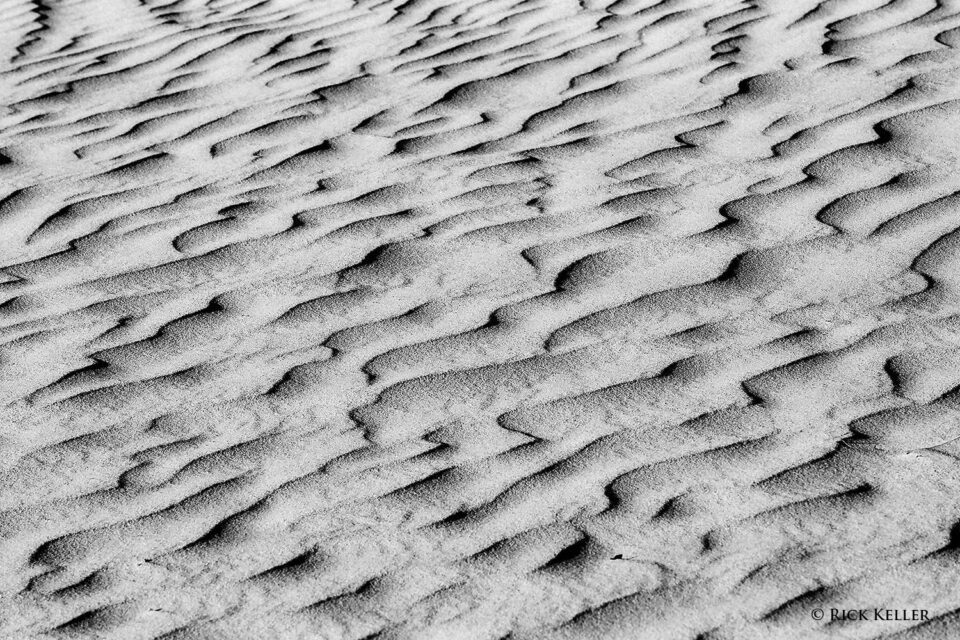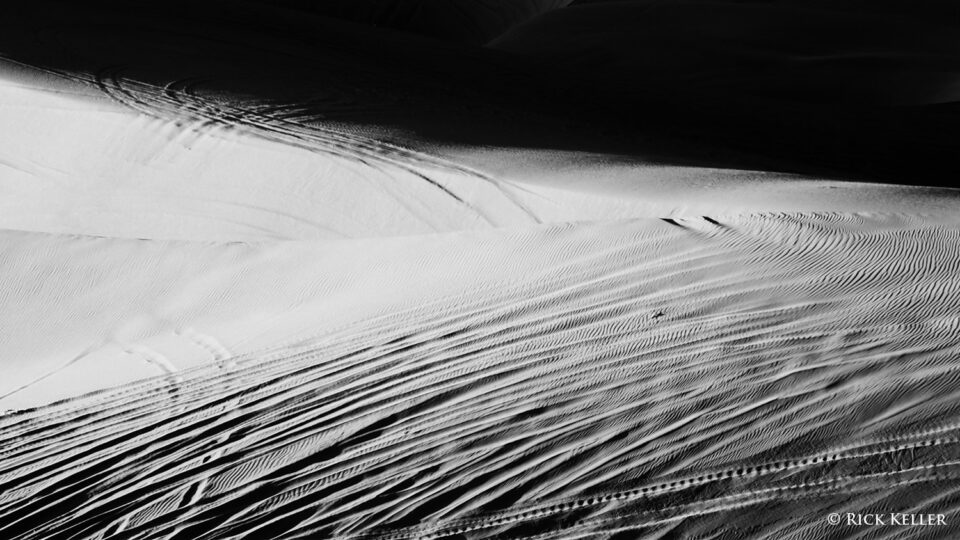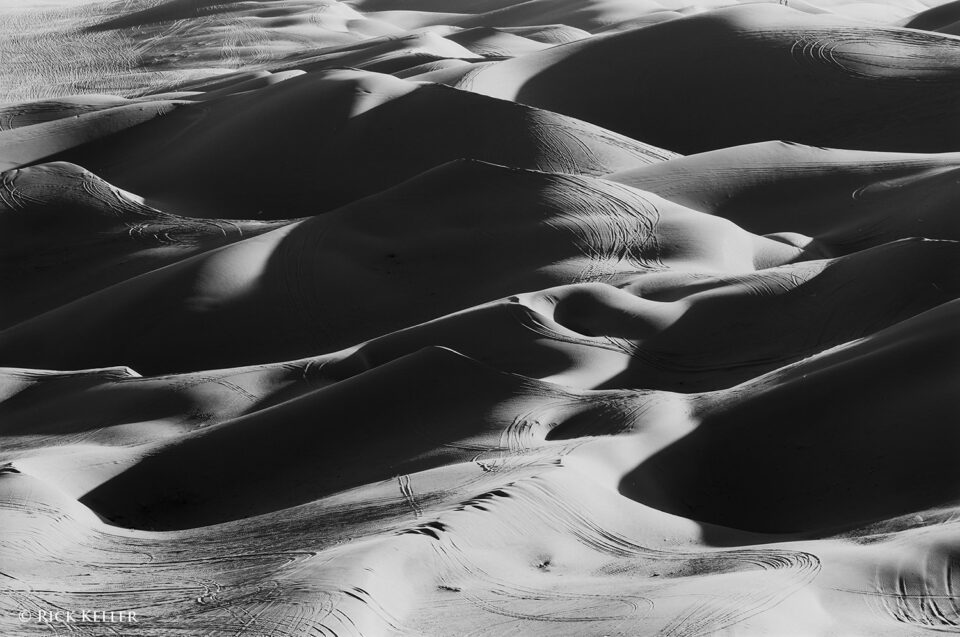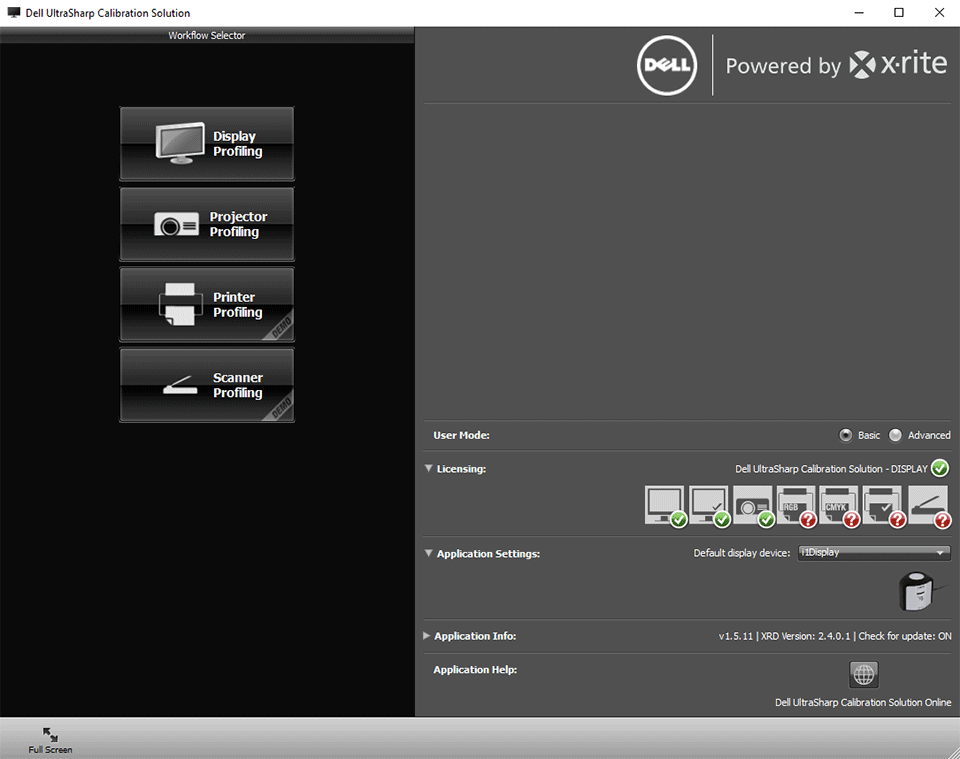A few times a week, I get asked the same question:
“How do I travel the world and make money?”
“How can I do what you do, Kate?”
Or “What do you think the chances are that I could start to make money while on this trip?”
My stock answer? “It’s really hard for me to answer that without knowing you, your history, your lifestyle, your skill set, and your work ethic.”
Quite a few people want to be travel bloggers. But that’s not the only way to make money while traveling. (And just as well. Travel blogging is a tough nut to crack, especially today, and most people don’t have the writing and photography skills for it.)
What if you’re not sure what you want to do yet? What if you are interested in multiple ideas — maybe freelancing, maybe starting a business — but don’t want to drop a ton of money on just one specific course in case it’s not right for you?
Introducing 2016’s Paradise Pack
The Paradise Pack is a collection of digital resources and guides that will teach you how travel the world and make money online.
Want to start your own business? Want to become a freelancer in your field, or even a new field? Want to build a blog and turn it into a business? The Paradise Pack will help you do those things.
Want to earn free flights from travel hacking? Want to teach English abroad? The Paradise Pack will help you do those things, too.
The products altogether cost more than $2500 — here, they’re available in a bundle for just $197.
The Paradise Pack is only available for one week each year, and the products change every year, so this will be your only chance to get this exact pack.
Today is day one. I’m posting this today because the first 500 sales receive a bonus and I want you to be among them. The Paradise Pack sale ends on Monday, June 6.
And now some questions:
Didn’t you promote this last year?
I did — but it’s a completely different collection every year. The only repeat product from 2015 is Tim Leffel’s World’s Cheapest Destinations, and even that has a bonus add-on this year for Paradise Pack purchasers.
The guys behind the Paradise Pack, Jason and Travis, make efforts to put together an excellent, original collection each year. I’ve tried out some similar packs, and I think the Paradise Pack consistently has the best collection on the web.
Last year’s pack was fantastic — which you certainly noticed. More than 100 Adventurous Kate readers purchased the pack!
This year, Jason and Travis listened to feedback. The result? 2016’s pack still has great travel content in it, especially when it comes to travel hacking and flying for free, but it’s overall more money-making-oriented than last year with a focus on running your own business.
Do you make a commission on it?
Yes, I make a commission. Regular people like me make 30% from sales. Authors of the products in the pack earn more, however — they make 50% from sales.
Every Paradise Pack sold pays a commission to someone, and none are sold at a discount. So basically someone will get a commission no matter how you buy it.
Do what I do — click a link on the blog of someone whose work you enjoy.
Is it worth the $197 price?
Absolutely. For all that you save and earn as a result of this package, from free flights to business income, it would be worth it if it cost triple. Quadruple. Quintuple.
$197 is a lot of money. If it’s too much for you, it’s too much. But if you actually put in the effort with these products, you will earn it back several times over. I promise you that.
Is there anything else I should know?
Yes. 10% of sales goes to Pencils of Promise, a charity that builds schools for children in developing countries. Last year there were enough Paradise Pack sales to build a school for children in Guatemala. Adventurous Kate readers were responsible for more than $2000 being donated to Pencils of Promise. This year, their goal is to build four schools!
Pencils of Promise is a rare charity that puts 100% of its online donations directly toward their programs.
Paradise Pack Products That Are Especially Worth It
Every year, there are a few standout products in the Paradise Pack. Here’s what I think are the most valuable:
B.Y.O.B. Bundle by Natalie Sisson (value: $130)
Natalie Sisson is one of the biggest names in location-independent entrepreneurship. Her bundle, a collection within the collection, contains the B.Y.O.B. guide to starting your own business, the B.Y.O.B. Am I Your Customer? package to find your ideal customers and help you charge what you’re worth, and B.Y.O.B. The Proven 8 Step Formula to Build a Lucrative Sales Funnel.
No matter what kind of business you’re starting, you’ll be able to use it to help you.
Earnest Affiliate BluePrint by Johnny FD (value: $147)
Affiliate marketing changed my life. I can’t overemphasized how much it changed everything. I went from barely scraping by and not knowing how much I would earn each month to making a regular, even, healthy income that allowed me to take time off and spend far less time working.
Affiliate marketing is when you link to products and earn a commission. This product shows you how to build a passive income from affiliate marketing, from the very beginning. The best part? It’s “set it and forget it.”
Frequent Flyer Bootcamp by Travis Sherry (value: $249)
Everyone wants to learn how to fly around the world for free. It’s one of my readers’ most frequent requests. This course will teach you how to hack the frequent flying system and get free flights, even business class flights, all over the world. I have yet to splurge my miles on a long-distance business class flight, but I might do that this summer!
7 Ways to Be Seen by Gabrielle Wallace (value: $97)
Take it from me — YouTube is bewildering if you’re not actively involved with it already. And its importance is continuing to grow. Content is becoming more video-oriented over time. But if you’re not a longtime YouTuber, how do you get started and then get noticed? This guide helps you find your ideal audience on YouTube.
Other Included Products
Here are the other products included in the pack:
Fluent in Three Months: Premium 2.0 by Benny Lewis (value: $97)
Learn how to hack foreign languages at a fast rate and speak people’s language when you travel.
EBA Lite by Ruth Soukup (value: $250)
Whether you’re a new blogger or established blogger, this course will help you refine your message, build an audience, and turn it into a business.
World’s Cheapest Destinations Package by Tim Leffel (value: $29)
Learn about the cheapest places to live around the world — there’s far more than just Chiang Mai — and the bonus pack helps you save money and avoid hassle while traveling.
May I Have Your Attention, Please? by Mish Slade (value: $100)
Copywriting is such an underrated field — it can make or break your business in an instant. This product will help you tune up your copywriting and gain you more customers as a result.
Key to More Customers and Clients by Brian Lofrumento (value: $197)
This course is all about sales and marketing funnels — scaling the business you have and finding more clients. I read a book on this topic last year and it blew my mind open.
How to Get an English Teaching Job Overseas by Nomadic Matt Kepnes (value: $19)
This was my original plan for what to do when my six-month trip was over — get a teaching job overseas. This book lays out exactly how to do that and all the different kinds of jobs you can get.
Living on Purpose by Jacob Sokol (value: $97)
Not sure what to do in your life? This package includes lessons and exercises on how to figure out your life’s purpose.
Freelance Writing Guide by Britany Robinson (value: $197)
Want to make a living freelance writing? This guide, a division of my beloved Travel Blog Success, teaches you how to start and grow a freelance writing career and comes with support in a private Facebook group.
Overcoming the Fear of Uncertainty by Sean Ogle (value: $97)
What’s standing in your way from being as successful as you can be? This course will help you identify and overcome what’s holding you back.
Blog to Business by Caz and Craig (value: $39)
This two hour recorded webinar gives you information on how to transition a blog into a successful business.
Zero to Network by Anita Wing Lee (value: $197)
Networking is one of the most important things you can do, and this course shows you how to build a huge network and make connections with your dream company.
Your Freedom Visa by Geneviève and Nicolas (value: $147)
Want to travel the world, starting to make your location independent business happen, but not sure if you can get your partner on board? This is how to grease those wheels.
Triple Your Travel by Brendan Lee (value: $19)
This book is a guide to traveling the world on your own terms, on any budget, without sacrificing safety or comfort.
The $100 MBA by Omar Zenhom (value: $100)
This course gives you access to more than 180 video lessons on sales, finance, marketing, entrepreneurship and more.
Self-Pub Bootcamp by Carla King (value: $99)
Dreamed of writing and publishing your own book? This course will take you through every step to and beyond publication.
How to Get a Top 5 Book Deal by Karan Bajaj (value: $129)
Getting a book deal is notoriously difficult. This guide streamlines the process so you can have a much better chance of reaching that step.
Travel Savvy Video Course by Ginger Zern (value: $127)
Nervous about that upcoming trip? This course will walk you through all the tough issues you could face while traveling.
Facebook Freedom Formula by Joshua David Hayward (value: $97)
Facebook can be a tough network to crack, but this guide will show you how to grow your professional network in just one hour a day.
Asana for Bloggers by Matt Giovanisci (value: $25)
Does Asana have value for bloggers? You bet. This guide will get you so organized so you can spend your energy doing things that actually make you money.
BONUS PRODUCTS
There are three bonuses in addition to the products:
Mistake Fare Manual and Alerts by Matt and Kara (value: $47)
You know how suddenly everyone is talking about a mistake $200 fare to New Zealand and by the time you check it out, the airline has corrected its mistake? With these alerts (available for six months), you get alerts pushed right to your phone when a mistake fare appears.
**Note: the Mistake Fare Manual is for the first 500 Paradise Pack sales only.***
Two Free Months of ConvertKit by Nathan Barry (value: $58)
ConvertKit is the email software that everyone is talking about right now. I hear it’s amazing at customizing and funneling.
VIP Upgrade at DNX by Marcus and Felicia (value: $150)
DNX, the Digital Nomad Conference, is a major gathering of location independent entrepreneurs. This upgrade gives you the workshop or mastermind day for free when you buy a ticket to the conference.
Will You Start Making Money If You Buy This Product?
Will these resources help you build a life like mine, of full-time travel and working online? They only will if you make the effort. Nothing in life is free; if it were easy, everyone would be doing it. So be prepared to study, and work, and build.
And be ready to make mistakes. God knows I made about a million of them in building my business. The important thing is that I never stopped working on my business, even when times got hard.
Still on the fence? Read about the Paradise Pack here and see if it’s for you.
And if you’re ready to go?
Get the Paradise Pack here for $197.
And with that, I’ll see you on the road.
Please note that affiliate links are used in this post. If you purchase the Paradise Pack, I will receive a commission at no extra cost to you. By purchasing items through my affiliate links, you’ll help ireuce the ever-increasing expenses of running this site. Thanks!
from Adventurous Kate http://www.adventurouskate.com/how-can-i-travel-and-make-money-like-you-kate/





















